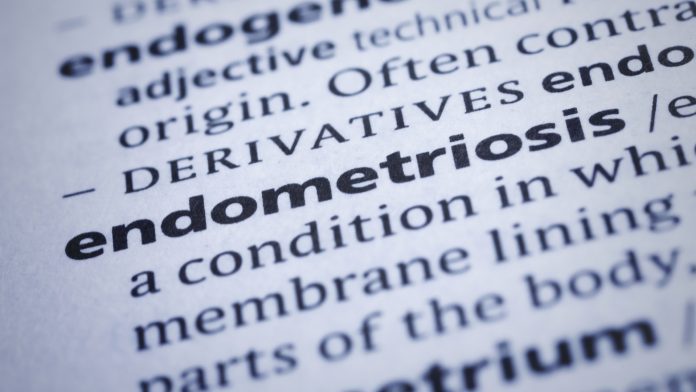
Scientists from the Oregon State University have developed new nanotechnology to locate and remove endometriosis lesions.
The new animal-model study, published in the journal Small, showed that iron oxide nanoparticles, injected intravenously, acted as a contrast agent – they accumulated in endometriosis lesions, making them easier to see by advanced imaging such as MRI. Then when exposed to an alternating magnetic field, a non-invasive procedure, the temperature of the nanoparticles soars to more than 120 degrees Fahrenheit, high enough for lesion removal via heat.
The research was led by Oleh Taratula of the Oregon State University College of Pharmacy and Ov Slayden of the Oregon National Primate Research Center at Oregon Health & Science University.
“Endometriosis is a debilitating, systemic disease, and the need for an efficient, non-surgical method of removing the lesions is urgent,” Taratula said. “We invented targeted nanoparticles with extraordinary heating capabilities that enable the use of magnetic hyperthermia for the safe and efficient elimination of endometriosis lesions.”
Endometriosis lesions
Roughly 10% of childbearing-age women will experience endometriosis, according to the World Health Organization, and 35% to 50% of women with pelvic pain and/or infertility suffer from the disorder.
Although there is no cure for this condition, the surgical removal of endometriosis lesions can improve fertility. However, endometriosis lesions return, and more than one-quarter of patients need three or more operations.
“Endometriosis is a non-malignant condition, but the lesions sometimes perforate organs, resulting in a life-threatening situation,” said Olena Taratula of the College of Pharmacy, who also collaborated on the study. “Therapies for pain result in infertility, and patients wishing to improve fertility often seek surgical removal of the lesions. And unfortunately, not only is the recurrence rate high, complications associated with surgery add to the overall risk.”
Transforming treatment with nanotechnology
Magnetic hyperthermia had not previously been considered as a potential means of ablating endometriosis lesions because other magnetic nanoparticles have relatively low heating efficiency, Taratula said. The nanoparticles could only get hot enough after being directly injected into diseased tissue, which is not a realistic approach for endometriosis.
The collaboration also included the College of Pharmacy’s Youngrong Park, Abraham Moses, Peter Do and Ananiya Demessie, and they overcame that problem by developing hexagonal-shaped nanoparticles that have more than six times the heating efficiency.
Modifying the nanoparticles with a peptide to target a cellular receptor abundant in endometriosis cells enhanced their ability to accumulate in endometriosis lesions, the scientists said. Studies of mice with endometriotic tissue transplanted from macaques demonstrated the nanoparticles’ ability to eradicate the diseased cells following one session of magnetic hyperthermia.
“Furthermore, in collaboration with Khashayar Farsad from OHSU’s Dotter Interventional Institute, we showed the efficiency of the same nanoparticles as an MRI contrast agent,” Oleh Taratula said. “This feature of the nanoparticles can aid in the diagnosis of endometriotic lesions by MRI before their exposure to the external alternating magnetic field.”
























